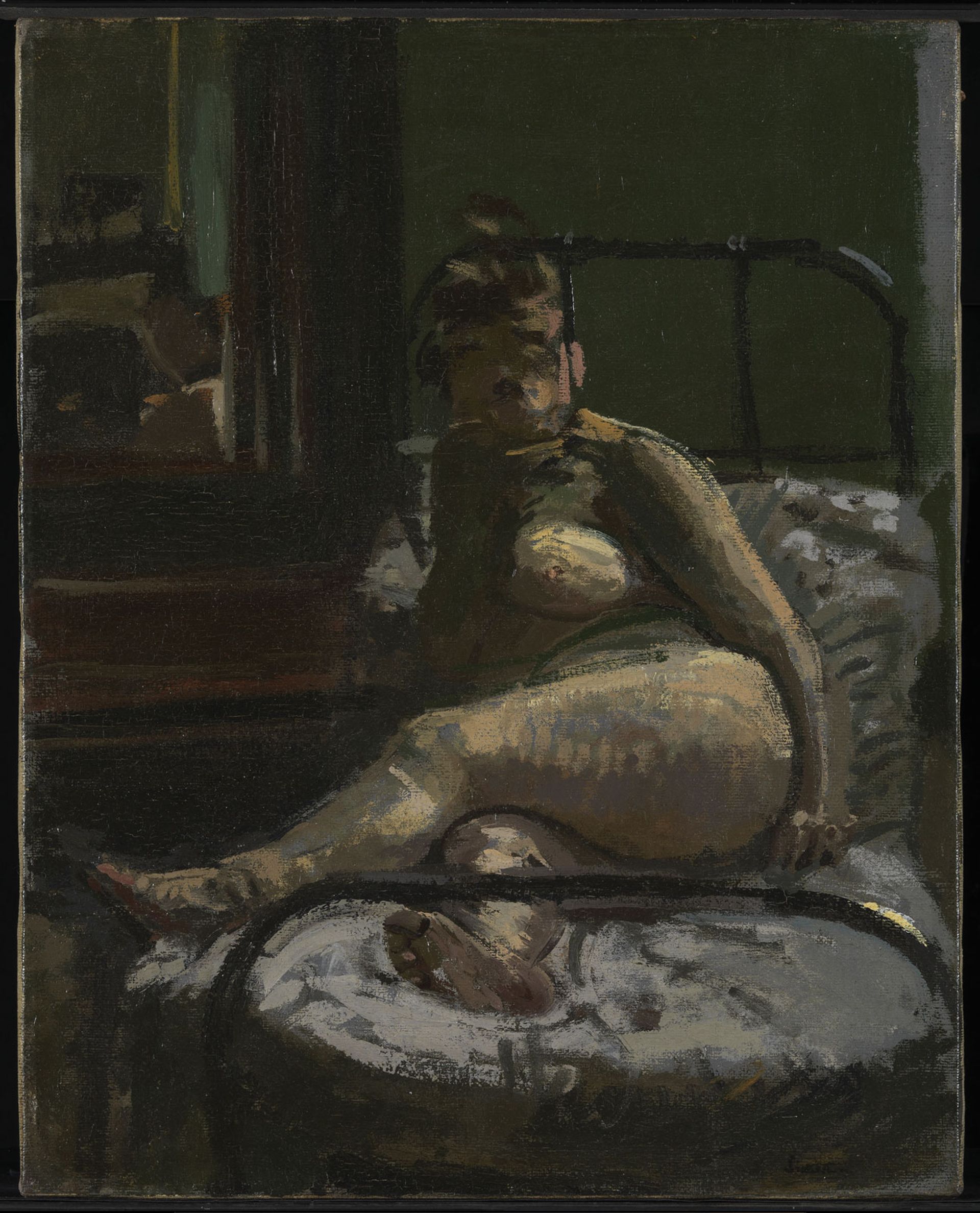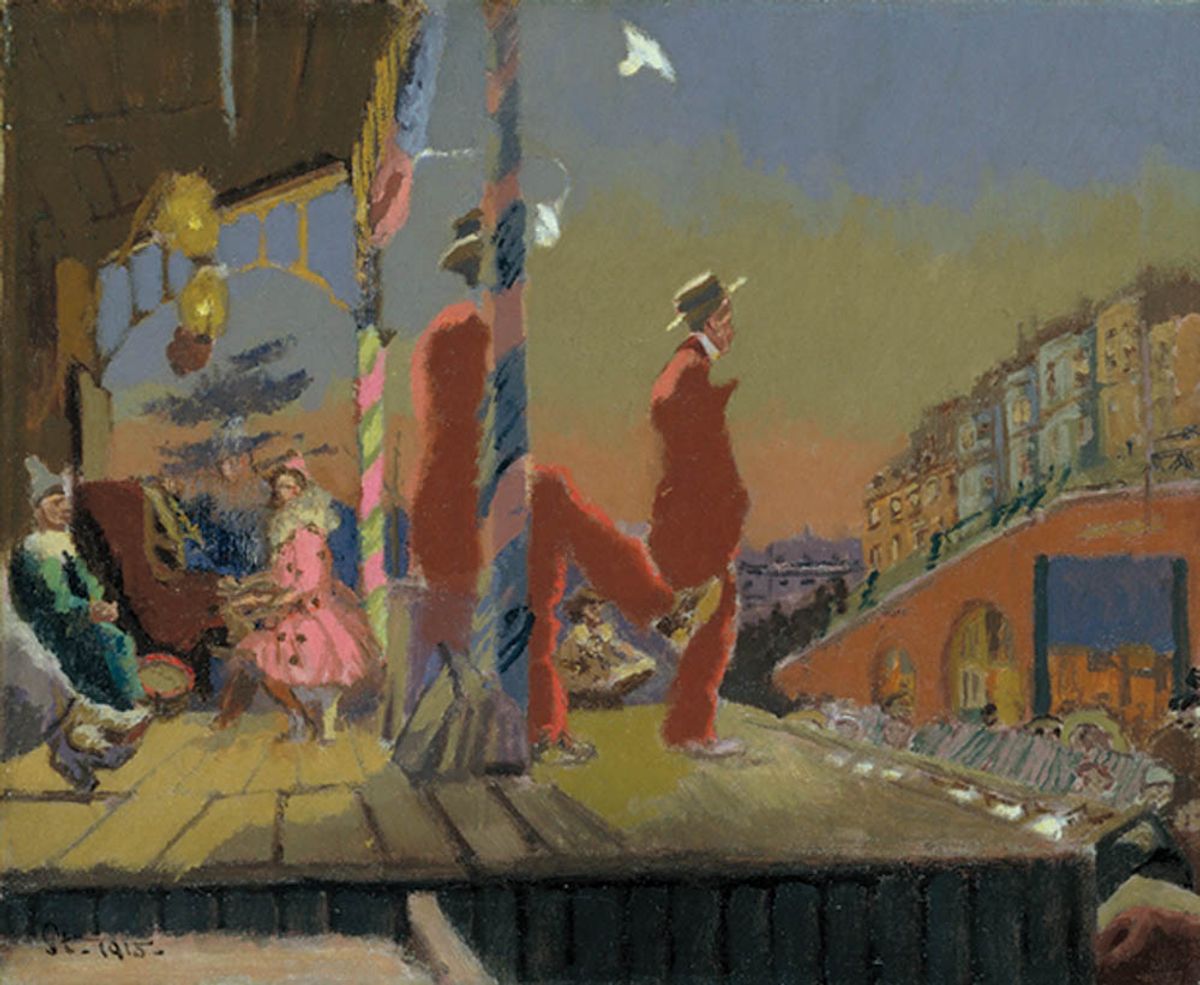It is fair to say that Walter Sickert’s (1860-1942) reputation endured ebb and flow over time. “His reputation was very high immediately after he died,” says Emma Chambers, one of the curators of a survey on the painter at Tate Britain. “In the 1950s and 60s he was taken up by a group of artists associated with the Beaux Arts gallery: Auerbach, Freud and Bacon. But it hit a low point in the late 20th century, when figurative painting was very unfashionable.”
Sickert is certainly having what you might call a moment: a large exhibition at the Walker Art Gallery in Liverpool—based around its extensive holdings of his drawings—has just closed, while the Tate’s exhibition will move to the Petit Palais in Paris in October.
The Paris connection is significant: the new show seeks to reflect Sickert’s interest in French painting, and the reciprocal interest shown in his work by French critics and audiences. Sickert found kindred spirits among French painters—notably Edgar Degas, Édouard Manet and Pierre Bonnard—and imported their sensibility into his own work.

Sickert's Gallery of the Old Bedford (1894-95) Walker Art Gallery
“We’re focusing strongly on the Degas link,” Chambers says. “Sickert’s music hall pictures show a form of entertainment that was almost never seen in British fine art at that time, even though Degas had been painting café-concerts in Paris for many years. More than that, Degas’s composition, where the audience and orchestra are included, as well as strange angles and perspectives, was all hugely influential on Sickert.”
Chambers is also keen to rebut suggestions that Sickert’s habit of using photographs as the basis for paintings is an easy option. “What Sickert is doing is converting a poor-quality black-and-white image into a colour composition. Superficially it might be similar, but when you get close up you can see the handling of the paint and changes in the framing contribute to making something really innovative.”

Sickert's La Hollandaise (around 1906) Tate
Equally, though, Chambers is having to deal with Sickert’s frequent entanglement in the web of conspiracy theories around Jack the Ripper. Sickert was dragged into it in the 1970s by hoaxer Joseph Gorman, who claimed to be his son and suggested that Sickert was the Ripper’s accomplice. The crime novelist Patricia Cornwell’s 2002 book Portrait of a Killer suggested he was the actual killer. “I’m constantly asked about this [and] there’s no evidence to suggest he was involved,” Chambers says.
“In the exhibition we want to look at his impact on British art, and the impact of French art on him. We’ve dealt with [the conspiracy theory] in the catalogue, but we won’t be dealing with it in the exhibition. That’s all about the art.”
• Walter Sickert, Tate Britain, London, 28 April-18 September; Petit Palais, Paris, 14 October-29 January 2023


